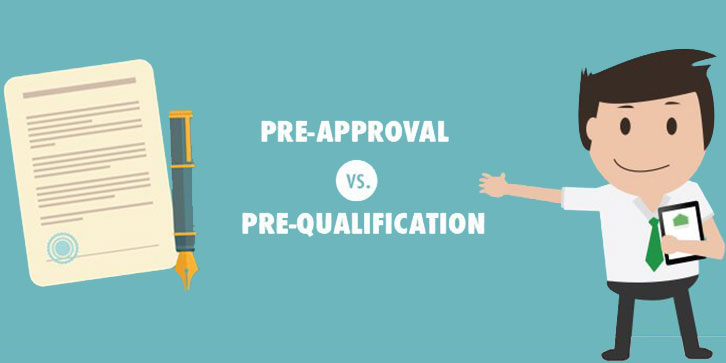The FMRR (Financial Management Rate of Return) shows how well an investment in real estate is doing. It is used to judge how well a REIT (Real Estate Investment Trust) is doing. REITs are shares sold to the public by a real estate company or trust that owns a portfolio of properties and mortgages that bring in money. The FMRR is similar to the internal rate of return in that it considers how long the investment will last and how risky it is. The FMRR shows how much money is coming in and going out at two different rates: the safe rate and the reinvestment rate. The FMRR is based on a changed IRR formula that uses a safe return rate and a reinvestment return rate.
Explaining the Financial Management Rate of Return

Because it is so hard to figure out how to calculate the financial management rate of return, many real estate professionals and investors prefer to use other metrics when analyzing real estate. Investors can compare different investment opportunities on a level playing field when they use FMRR. The Internal Rate of Return (IRR) has been a standard way to measure returns for a long time, but its biggest flaw is that it doesn't take time or holding period into account. So, it is not a good sign of liquidity, which is a big part of figuring out how risky an investment security or vehicle is.
FMRR takes it a level further by defining capital withdrawals and cash inflows at two unlike rates, well-known as the "reinvestment rate" as well as the "safe rate." FMRR also implies something that IRR and MIRR do not: that positive cash flow immediately preceding bad cash flows will be utilized to repay the bad cash flow.
- Safe rates are based on the idea that the money needed to cover negative cash flows earns interest at a rate that is easy to get and can be taken out at any time. In this case, a rate is "safe" because there is little risk, and the money is easy to get when needed.
- Reinvestment rates include the rate that will be earned when positive cash flows are put back into a similar intermediate or long-term investment with the same level of risk. The reinvestment rate is greater than the safe rate since it is not liquid and requires a greater discount rate.
Financial Management Rate of Return Components

The financial management rate of return is based on the following goals and practices of real estate investing.
Wealth maximization: The main goal of real estate investors is to increase their long-term wealth, so it's essential to know how much money they can expect to make from the property.
Cash flows after taxes: Just cash flows afterward taxes are seen since real estate investors want to know if an investment is a worth based on how much they might get after paying the IRS.
Safe rate: An investor can safely earn on funds invested in a highly liquid account, such as a checking or savings account, and then withdraw when needed without penalty to cover future financial obligations related to the real estate investment property.
Reinvestment rate: The reinvestment rate is the rate that an investor might expect from a certain minimum amount of future funds that aren't needed to pay for the property's financial obligations and are instead re-invested on average investments with similar risk and duration.
Similar risk: Real estate investors want to compare investments that last about the same amount of time and have about the same risk.
Calculating FMRR
Since FMRR is a modified internal rate of return, there is no formula to figure it out. Instead, it has to be figured out by trying things repeatedly, which is easy to do with computer software. Before you use this type of software, you need to take some essential steps to figure out a safe rate and reinvestment rate that will be used for whole future cash flows above a definite holding cycle.
- If you can, you should eliminate all the negative cash flows in the future by looking at the positive cash flows from the previous year. Rather, the safe return rate is applied to outflows and removed from any good cash flows.
- Any extra cash outflows, which weren't part of step one should be subtracted at the safe rate.
- Add the reinvestment rate to the rest of the positive cash flows and move them forward in time until the end of the holding period. Then, these expected cash flows will be added to the expected cash flows from selling the investment at the end of the holding period.
- Calculate the IRR.
What comes out of these steps is the rate of return for managing money. The FMRR (Financial Management Rate of Return) model helps real estate investors figure out how much money a project will need and how their wealth will change over time. So it is a better way to invest in real estate, and any real estate analysis should include it.




